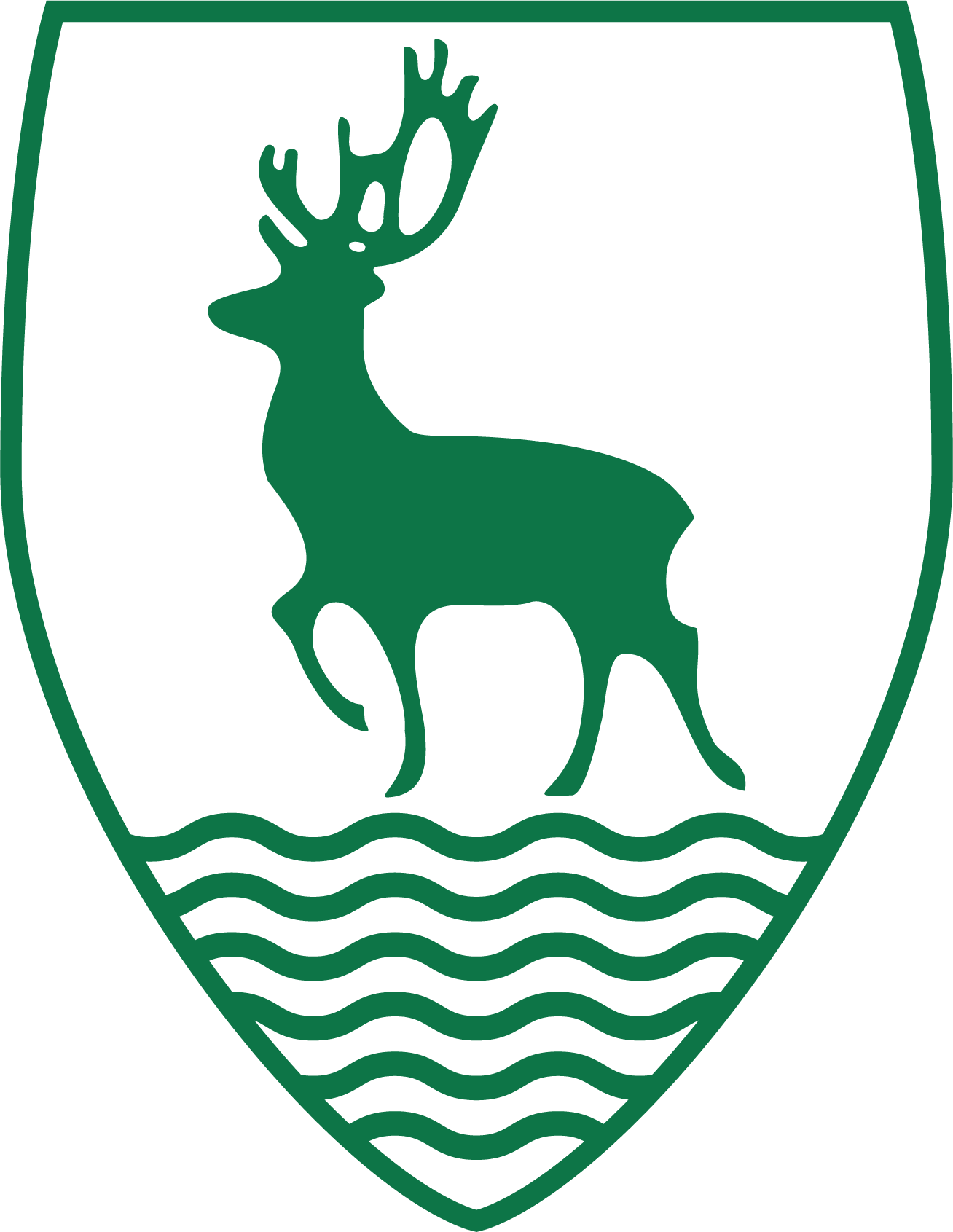Our current Early Career Teacher mentors often use video footage of ECT staff in lessons to support and guide them on their teaching journey. Voice21 highlights this as an effective tool to look at oracy in the classroom and how staff (of all experiences and phases) can learn from it.
Oracy practice is best understood when it is seen and discussed; seeing oracy in action can help teachers and leaders unpick the complexity of oracy and work out how it can be applied in their own settings. Additionally, for teachers who are working on building oracy expertise across their schools, they need to have an understanding of the layers and levels of oracy in order to successfully embed it. Seeing and discussing the practice of others can be hugely beneficial in this.
Demonstrate
Firstly, videos can be used to illustrate various aspects of classroom talk, supporting staff to understand and replicate an approach. Alongside this, showing video footage holds up a mirror to staff’s beliefs about teaching oracy, challenging misconceptions about what ‘good’ oracy practice is. So by seeing an approach in action, staff can directly see how an approach looks, see the impact on student learning and become more motivated and confident to faithfully recreate it in their classrooms.
Discuss
Videos can also be used more powerfully. In Rupert Knight’s book Classroom Talk in Practice, he writes that videos can be used “as a starting point for reflection and discussion.” By sparking conversations about what is seen, staff can build their understanding and oracy expertise, gaining the confidence to make changes in their own practice. Through regular reflective discussion, staff become better at evaluating oracy and therefore more equipped to effectively introduce more approaches throughout their lessons.
Develop
Finally, videos can be used to synthesise new knowledge and understanding. Rupert Knight describes the potential power of “juxtaposing contrasting examples so new insights might be gained.” This compare and contrast model, supports truly reflective practice where staff grapple with the multiple layers of oracy through real examples and draw out the potential opportunities that an oracy education supports.
We will continue to showcase any other oracy insights in future newsletters

